Reports, stories and reflections from U-M Library assessment practitioners.
Tiny Studies

Posts in Tiny Studies
Showing 31 - 40 of 74 items
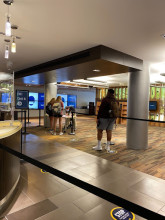
- Emily Puckett Rodgers
When the pandemic quickly shut down our libraries' physical spaces, in-person services, and access to many of our physical resources, the Library didn’t know when we might reopen to campus. Over the last 16 months members of the Library Environments department collaborated with Facilities and department managers and colleagues to design, create, and evaluate our pandemic-based changes to physical spaces, workflows, and onsite services.

- Ellen Mary Schlegelmilch
U-M Library’s universal header is the light gray bar at the top of the library website and Library Search that aims to help people recognize that they’re on a U-M Library website, and links to our different sites and services through the “Explore” menu. In the fall of 2020, the Design System Team conducted remote usability testing that helped us to understand people’s experiences and identify opportunities for improvement.

- Autumn Wetli-Staneluis
This blog post reflects on the work of students to explore the collection-related needs of undergraduate students, through surveys and interviews.
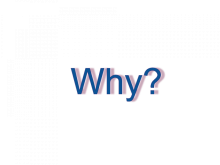
- Karen A Reiman-Sendi
Musings about why libraries engage in assessment efforts.
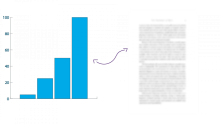
- Karen A Reiman-Sendi
Institutional data, collected by campus units to assist with decision making and organizational direction, can inform scope and provide context to library assessment and research projects.
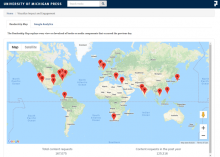
- Charles Watkinson
Between March 20 and August 31, 2020, the University of Michigan Press made all the titles in the Library-hosted ebook collection, UMP EBC, free-to-read. During this period, U-M Press staff gathered use data in the hope of assessing the impact of free-to-read content while informing the future business strategy. Three different assessment efforts are described in this post.
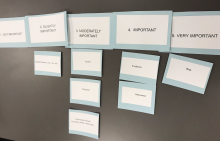
- Julia Anne Maxwell
Source evaluation is an important skill in our information landscape, which is why librarians teach this concept to students during course-integrated information literacy sessions. As part of an IMLS grant, our research team is conducting a two part study to understand the impact of library instruction on students’ evaluation of sources. In this post, we discuss the use of a questionnaire and role-playing interviews to learn more about students’ confidence in their evaluation abilities.

- Robyn Ness
U-M Library’s Library Search launched in 2018 as a unified search engine application containing five previously distinct interfaces: Catalog, Articles, Databases, Online Journals, and Library Websites. Library Search was a big change for users, and an increase in user support requests suggested that further exploration was needed to pinpoint user pain points. The authors began an exploratory study that helped understand users’ experiences and identified areas for continued work.
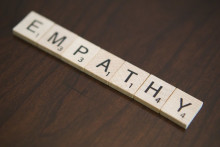
- Jasmine Mae Pawlicki
How does one get valid data without traumatizing or alienating students and faculty in a trying time? According to this author, by taking an empathetic approach to planning and implementing an assessment project, you can minimize negative impacts to your community.
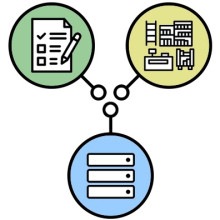
- Craig Smith
This blog post presents how the use of multiple streams of data benefited two recent U-M Library studies. For example, one recent study merged survey data, U-M human resources data, and Library document delivery data to provide a very rich picture of how diverse groups on campus use and experience the Library’s document delivery service. Some advantages of joining multiple data sources in assessment projects are discussed in the context of the two example studies.